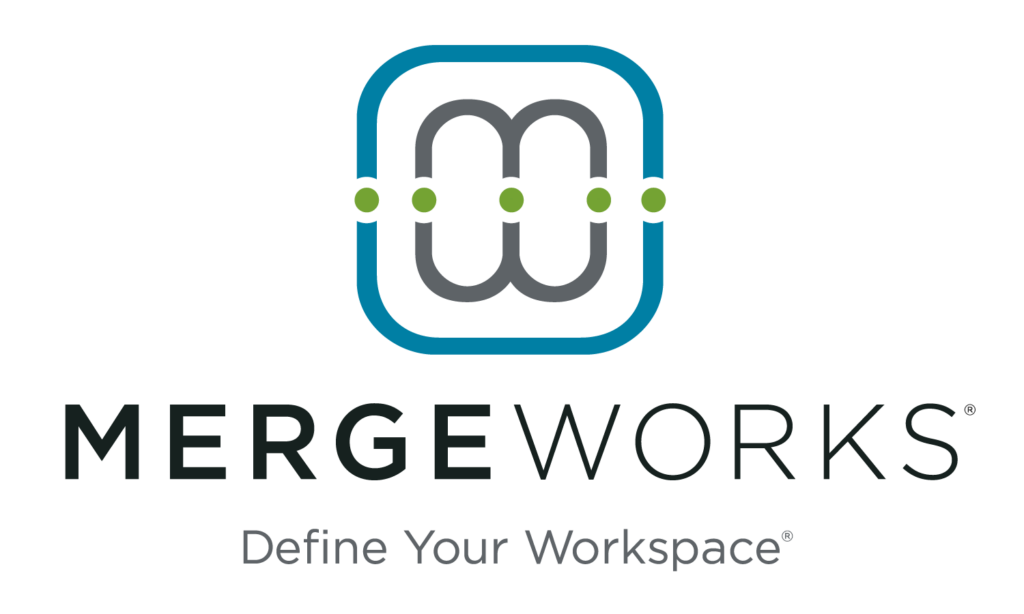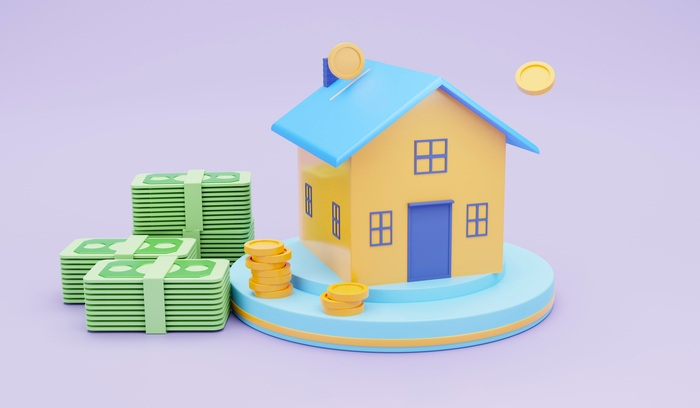The U.S. Chamber of Commerce reports that one in three small business owners consider inflation their top concern right now. Inflation worries have driven small business optimism about the future to record lows, adds the National Federation of Independent Business. In response, 67% have raised prices, 41% have decreased staff, and 39% have taken out a loan.
The fears aren’t unfounded. By May 2022, inflation was running at a four-decade high. Seven in ten small businesses are concerned about the impact that factors like rising interest rates will have on their businesses. As U.S Chamber of Commerce Chief Economist Curtis Dubay explains, this inflation is caused by supply and demand pressures.
“Supplies of all types of goods are constrained for several reasons, but demand remains strong because consumers are still flush with cash from pandemic relief supplements,” Dubay says. “Spending on goods is up almost 30% while services spending is up only 5%. When demand rises faster than supply can keep up, prices rise.”
Supply chain problems and worker shortages are at the heart of businesses not being able to meet demand. No industry knows this better than the construction industry. These two issues are causing devastating project slowdowns. And then there are the rising costs. The price of softwood lumber alone jumped 85% (again) earlier this year. According to the Associated General Contractors of America, “no category of construction has escaped the extreme cost escalation.” Most recently, the industry has been dealing with soaring diesel fuel prices and equipment, machinery, and parts expenses.
But here’s what we know: This pressure cooker, first brought on by the pandemic and now aggravated by the Russia-Ukraine war, isn’t entirely unique. Periods of inflation (and recessions) are bound to happen. If you were in business in the 1970s, you know. More than two years into the pandemic, we’ve learned to expect the unexpected regarding economic pressures. That could mean:
- A continued squeezing of profits while consumers want to buy, but costs and delays for small businesses remain high. If you’re a contractor, it’s critical to consider lasting cost increases and delays when bidding, including protections like price-adjustment clauses.
- Rising interest rates that translate into higher borrowing costs with more lending scrutiny, which can, in turn, reduce cash flow. Financing and credit card debt can become more expensive, too.
- Unexpected tax hits (and misses). Some tax deductions are indexed for inflation, presenting unique tax-saving opportunities. However, others that aren’t indexed for inflation can be hidden traps for taxpayers, including limits on deductible capital losses against ordinary income.
- The staffing shortage factor lasting long into the future. The U.S. has about 3 million fewer workers now than on the eve of the pandemic (a 2% contraction in the labor force), says the Economist. Pay raises are a top way small businesses are combating the problem.
But it’s not all bad news: When interest rates increase, many investments, including real estate income, can perform better in times of inflation. And, as noted before, certain tax breaks may become even more beneficial. There’s no doubt we’re all tired of pivoting, but you didn’t go into business for yourself so that you can rest on your laurels. Today’s economy requires a different way of thinking about business operations, costs, and taxes. Feel free to contact us for more information.

























